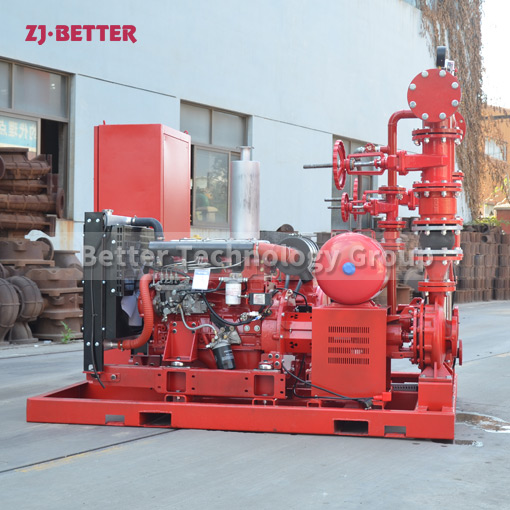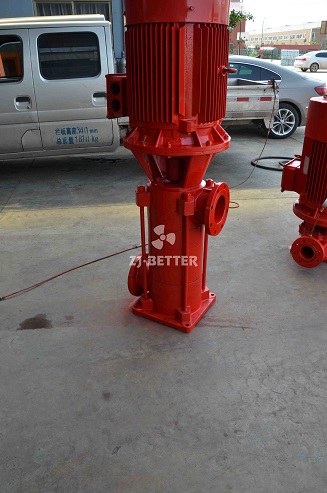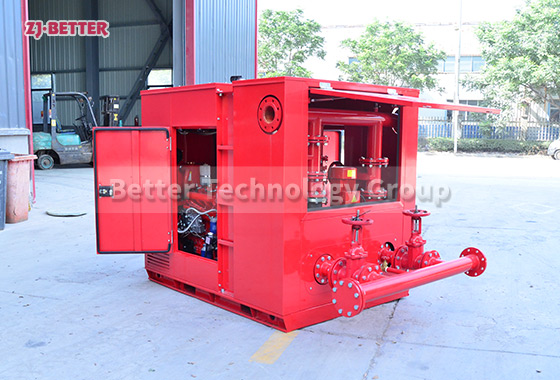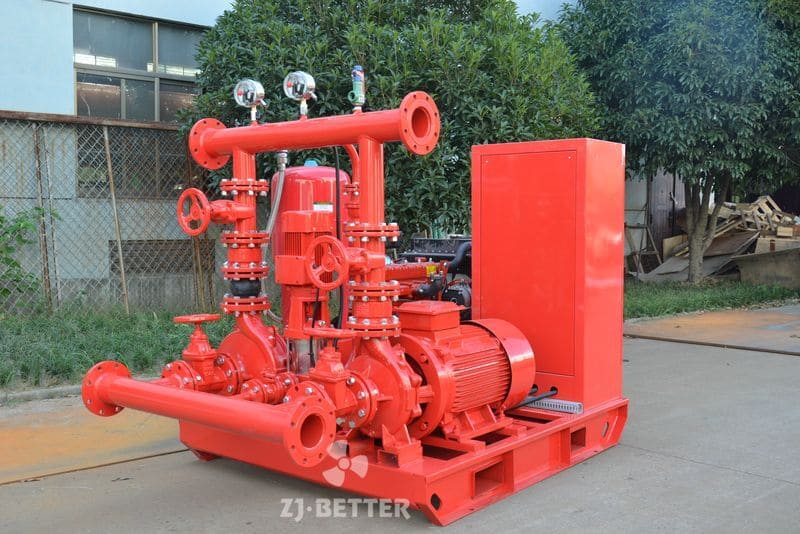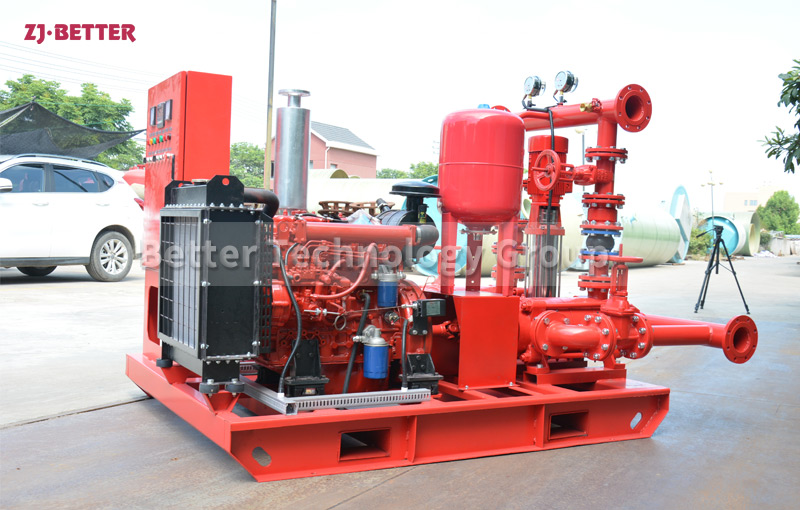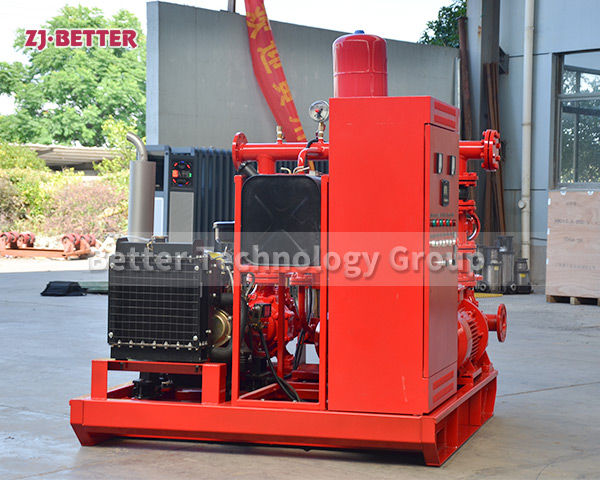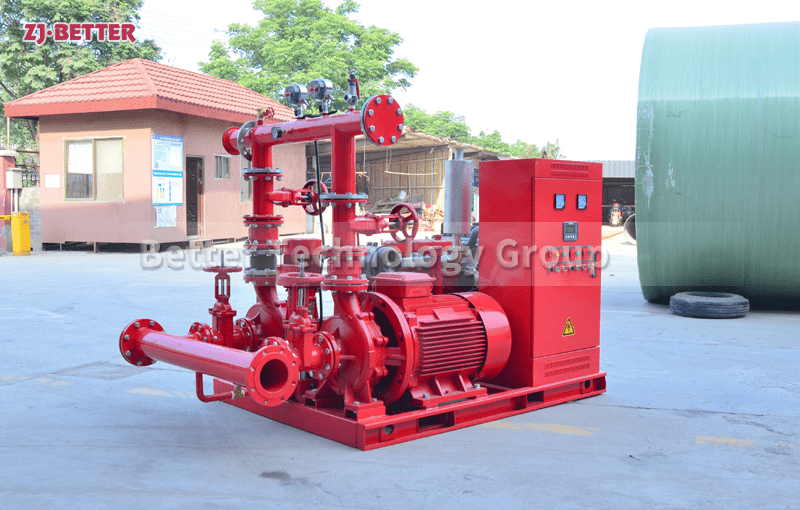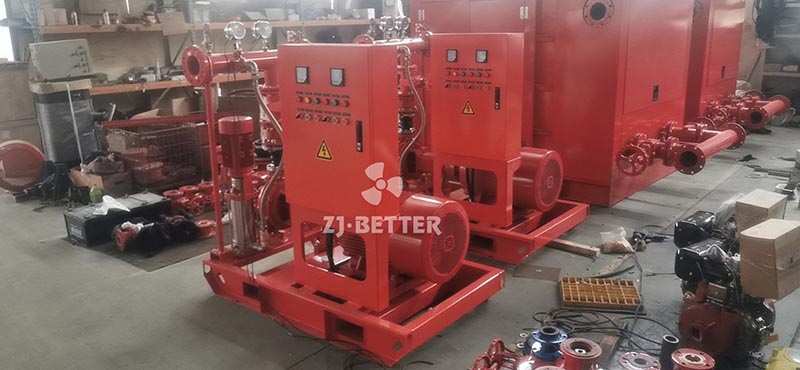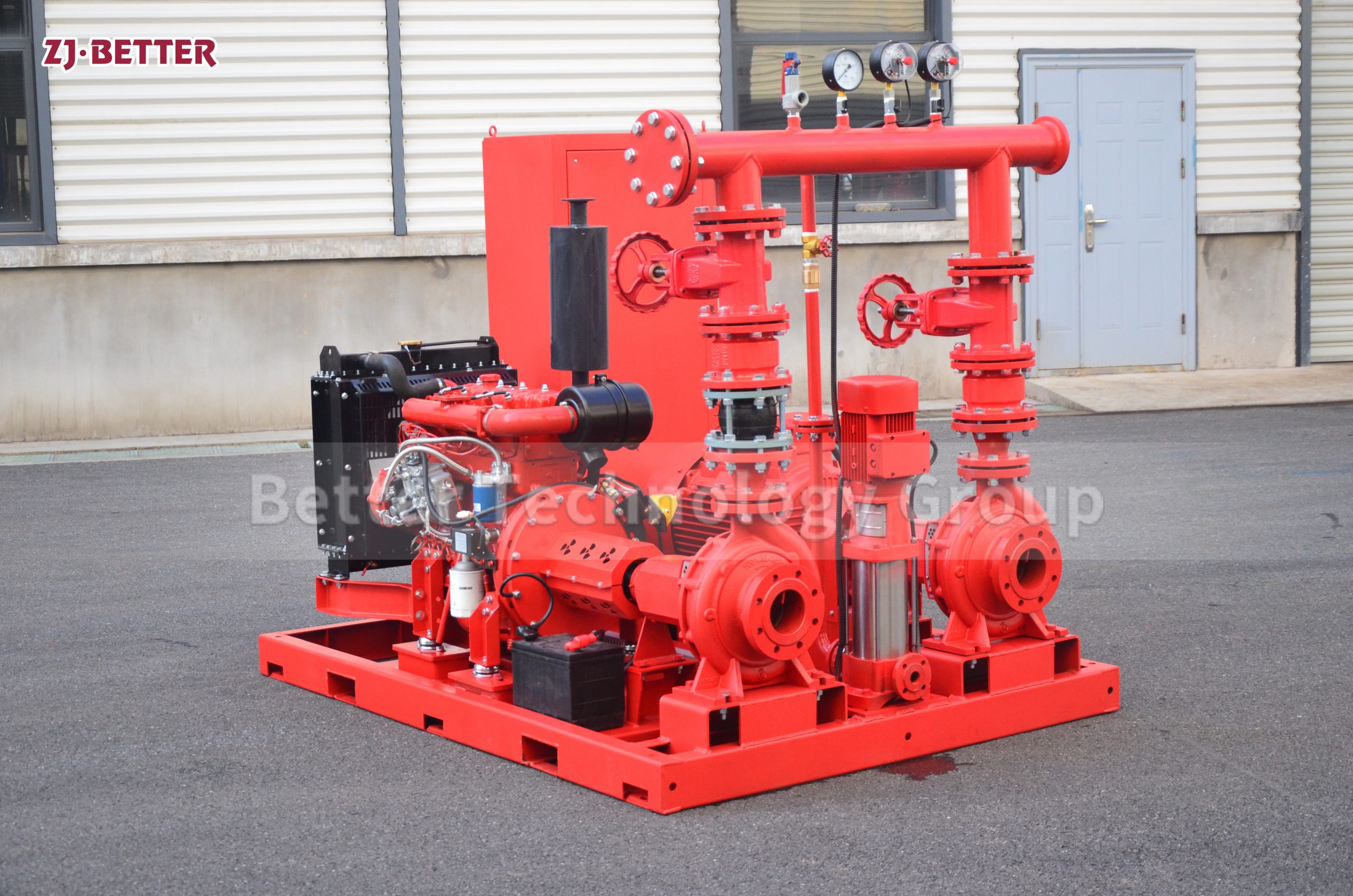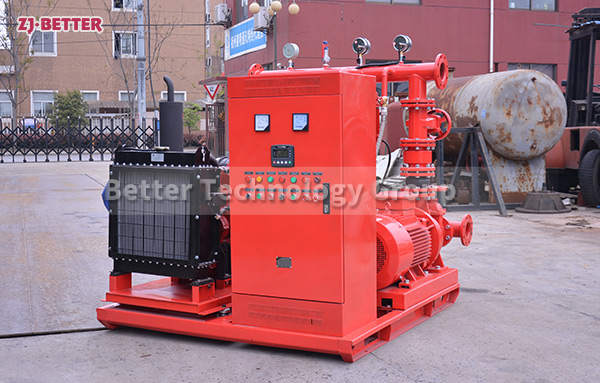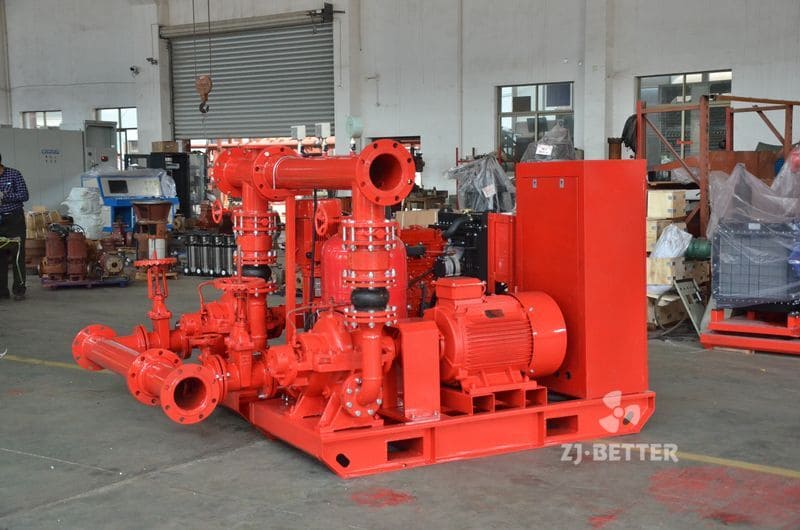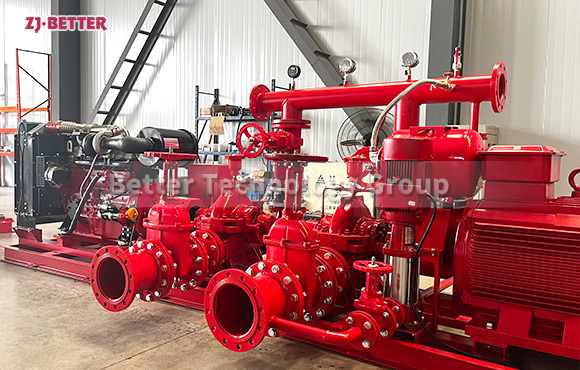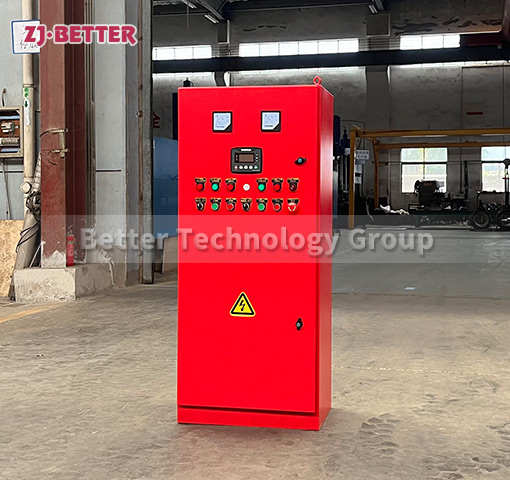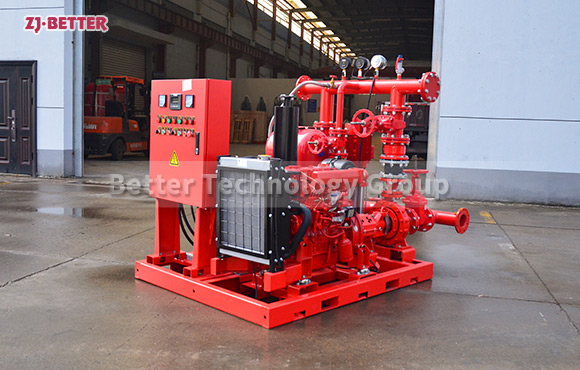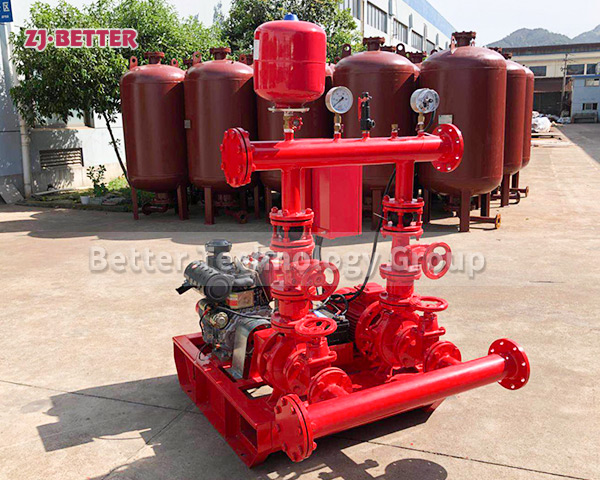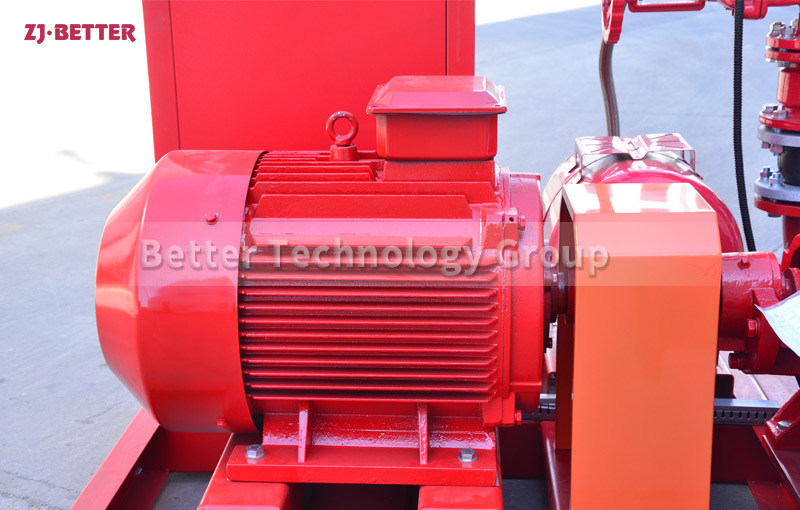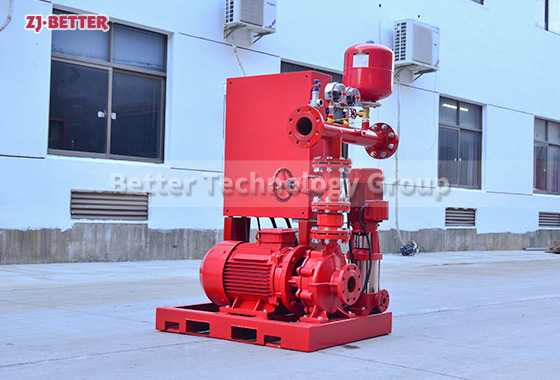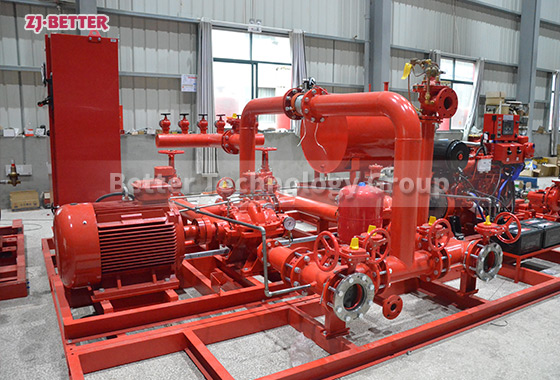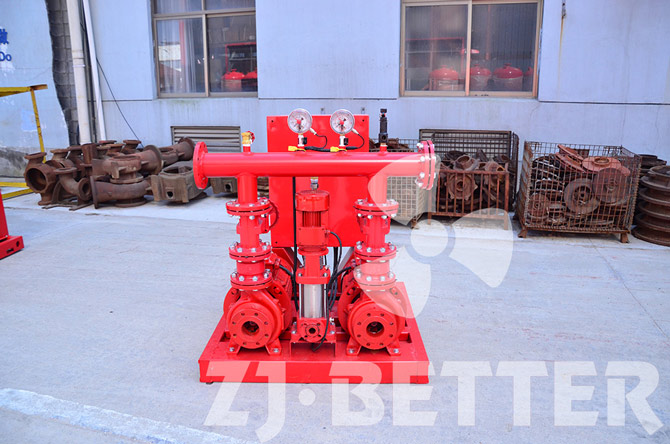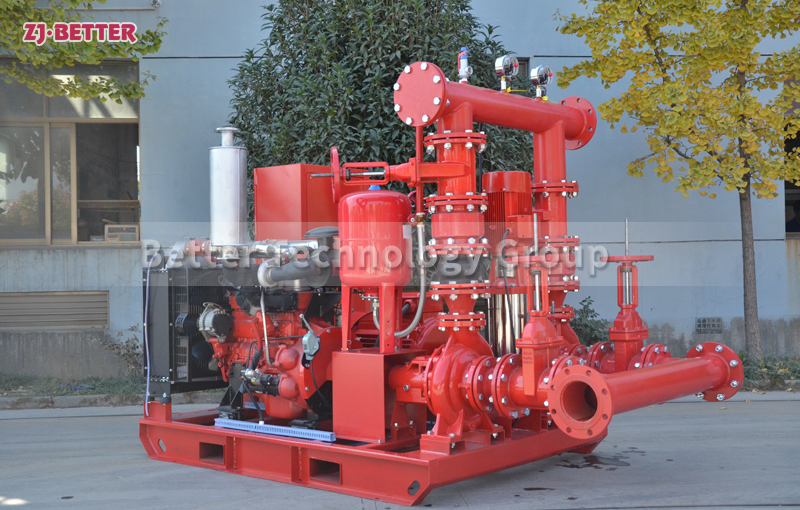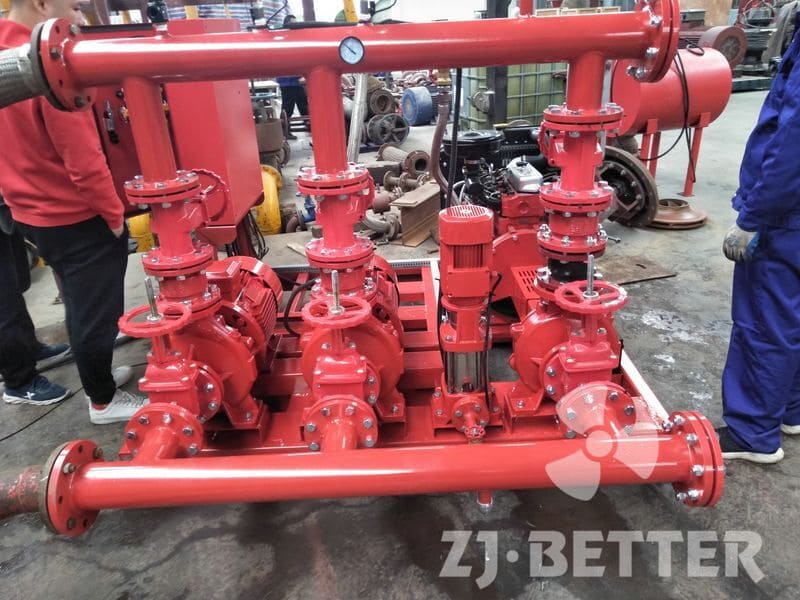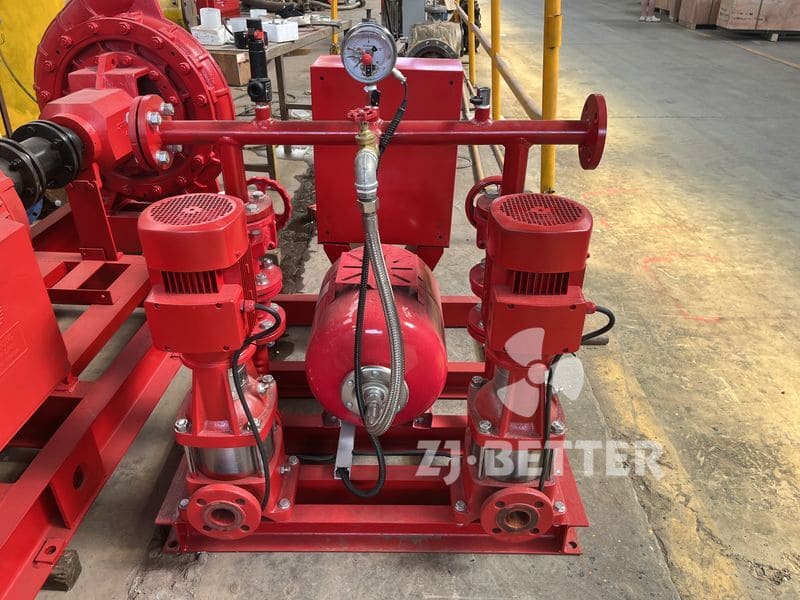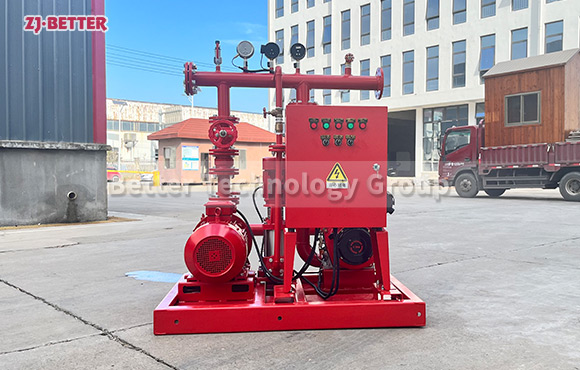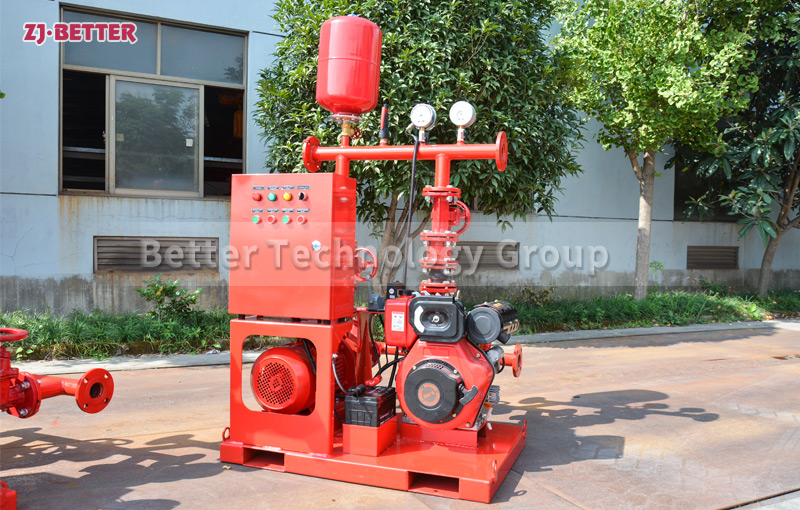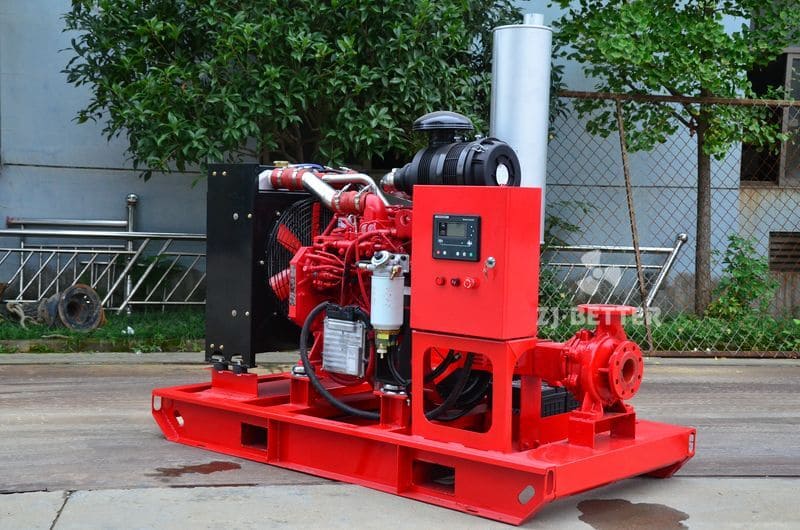Fire pump impeller characteristics
Fire pump impellers typically have a single- or double-suction design, with the latter being more common. They are usually made of cast bronze, cast iron, or stainless steel and are designed to operate at high pressures and temperatures. The impeller blades are typically curved to provide optimal flow and pressure, and the hub is designed to ensure a secure fit on the motor shaft. The impeller shape and size, as well as the number of blades, are designed to provide an optimal flow rate and pressure for the application.
Fire pump impellers typically have a single– or double–suction design, with the latter being more common. They are usually made of cast bronze, cast iron, or stainless steel and are designed to operate at high pressures and temperatures. The impeller blades are typically curved to provide optimal flow and pressure, and the hub is designed to ensure a secure fit on the motor shaft. The impeller shape and size, as well as the number of blades, are designed to provide an optimal flow rate and pressure for the application.



